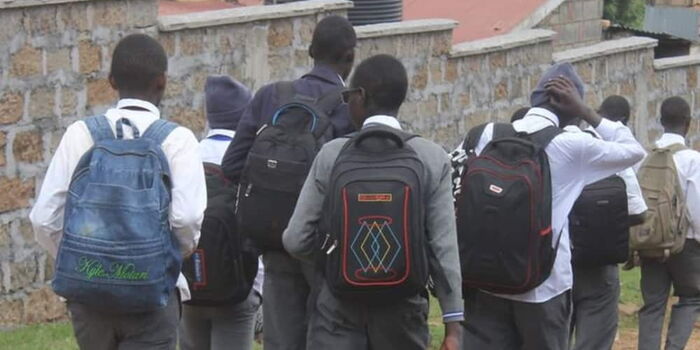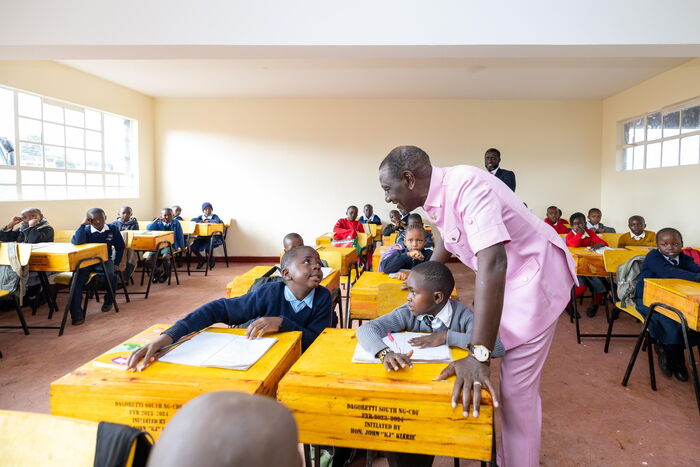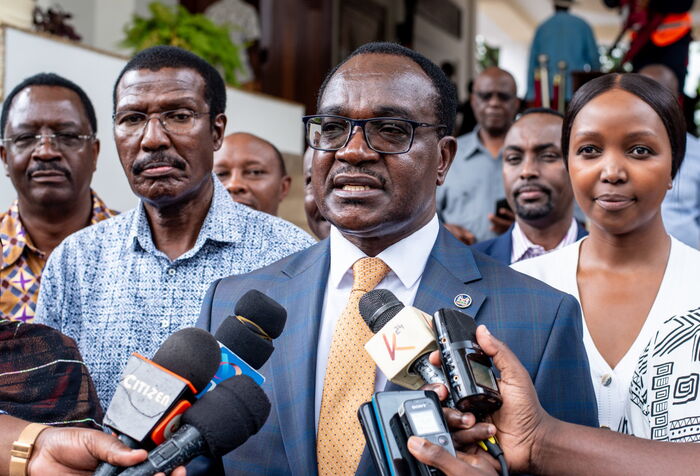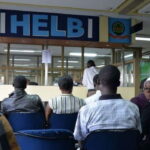Kenya’s public secondary schools are teetering on the edge of a full-blown crisis, as heads of institutions under the Kenya Secondary School Heads Association (KESSHA) warn that learning could grind to a halt over massive delays in government capitation disbursement.
Speaking on Monday, KESSHA Secretary General Abdi Noor painted a grim picture of the situation in schools across the country. According to Noor, institutions are operating under severe financial strain, with many unable to sustain basic operations, pay suppliers, or retain teachers employed by Boards of Management (BOM).
“Most heads are now playing hide and seek with suppliers. We can’t pay them because there are simply no funds. Worse still, qualified BOM teachers are being laid off, and this is seriously affecting the quality of education,” Noor said.
The government is mandated to disburse Ksh22,144 per student annually, divided into three tranches: Ksh11,122 in Term 1, Ksh6,673 in Term 2 and Ksh4,439 in Term 3.
📰 Also Read This:
But the current reality tells a different story. In Term 1, only Ksh8,818 per student was released, leaving a deficit of Ksh2,304. Term 2 has fared even worse, with just Ksh3,471 per student released, short by Ksh3,202. Cumulatively, the government owes schools a staggering Ksh18.2 billion, broken down into Ksh7.6 billion for the first term and Ksh10.6 billion for the second.
KESSHA now fears that unless immediate action is taken, thousands of students could find themselves locked out of essential educational services, and the school calendar could be prematurely disrupted.
To salvage the situation, the association is proposing a return to cost-sharing, where parents contribute a portion of the required funds. “It was better when parents were paying part of the fees. If the government is unable to meet its obligations, parents should step in,” said Noor.
In a more radical proposal, KESSHA is also urging Members of Parliament to consider channeling a portion of their National Government Constituency Development Fund (NG-CDF) allocations toward plugging the funding gap.
The association insists that the current funding model is no longer sustainable, citing soaring inflation and an outdated disbursement formula that no longer reflects the real costs of running schools.
As the stalemate continues, the future of millions of Kenyan students hangs in the balance, waiting for action that may come too late.










